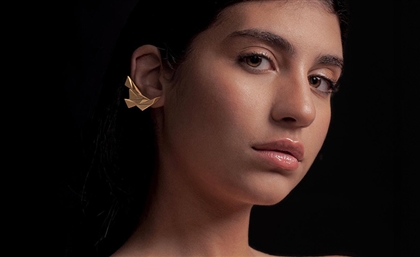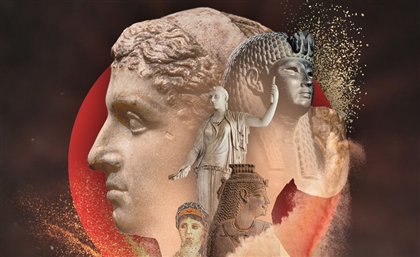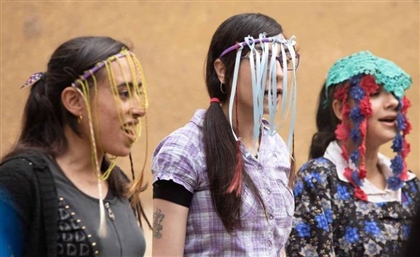Walking in Tutankhamen’s Shoes
Resident Egyptologist Emil Diephuis delves into the history of footwear from the pre-Dynastic times until the Ottoman Period, speaking to Dr. Andre Veldmeijer, who has curated the newly opened exhibition at the Cairo Egyptian Museum about ancient Egyptian shoes.
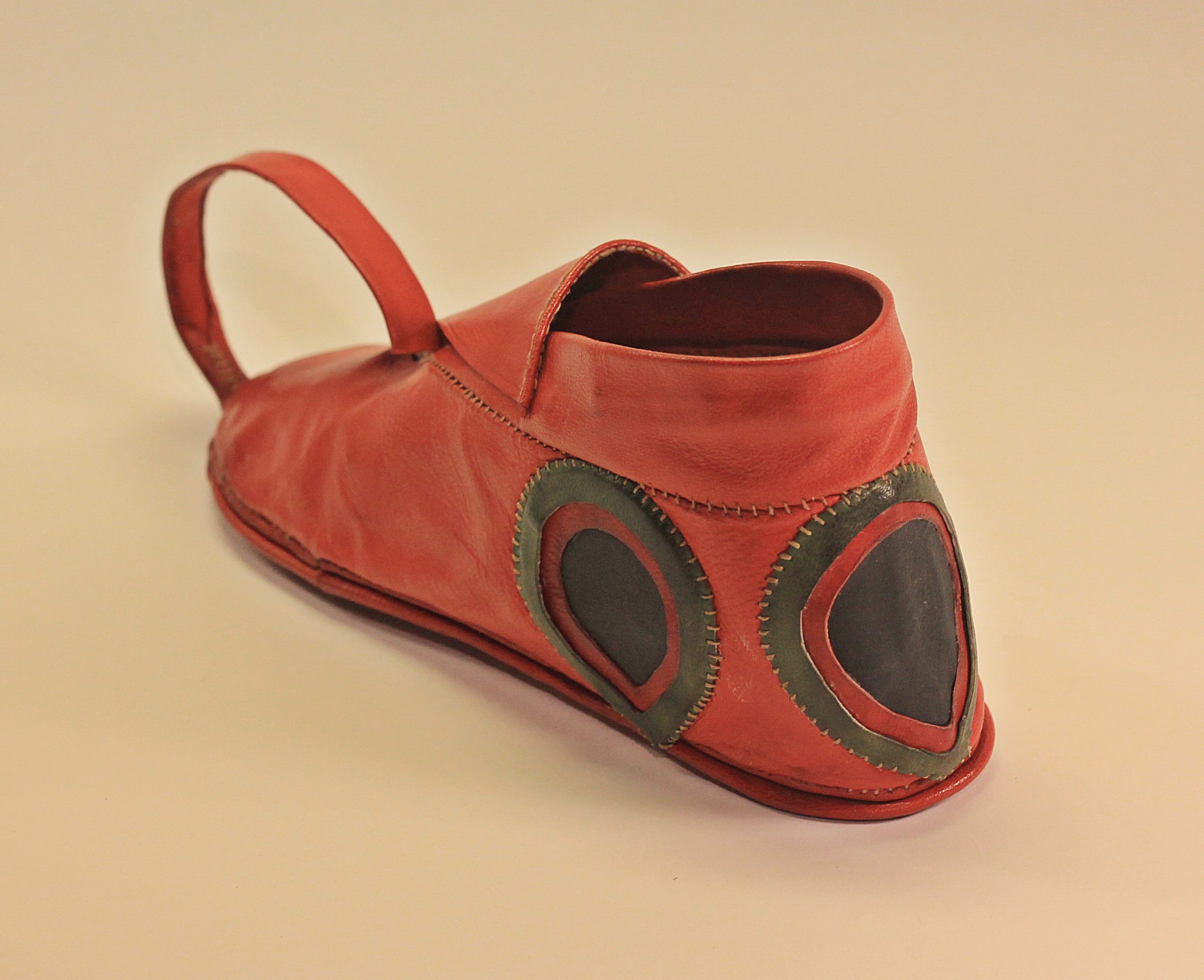
Some people say you can never have too many shoes. Shoes tell a lot about the person wearing them: their style and taste (or lack thereof) as well as what kind of work they do. The same applies to Ancient Egyptians. Their shoes tell a lot about how they lived their lives, says Dr. Andre Veldmeijer, the Dutch Egyptologist who has curated the newly opened exhibition at the Cairo Egyptian Museum about ancient Egyptian shoes.
The exhibition, titled ‘Stepping Through Time: Footwear in Ancient Egypt,’ contains results of 10 years of research, using footwear that has been recently excavated, pairs that are in museum collections and data gleaned from ancient texts and images.
The exhibition presents footwear through the ages from pre-dynastic times (3000 BC) up to and including the Ottoman Period (19th century AD).
Veldmeijer tells us that this exhibition is different from most of the exhibitions that you usually see in the Egyptian Museum: "As a scientist, I’m interested in the daily life of ancient Egyptians." Of course, everybody knows the beautiful golden treasures of king Tutankhamen, "but shoes tell a lot about all levels of society. Men and women, the poor and the rich, the kings, the priests, soldiers and farmers."
Veldmeijer explains that once you look in to these shoes, you get a sense of fashion, practical uses and the materials that people used as well as develop an understanding regarding what group they belonged to.
Also, there is a lot of symbolic power and magic involved that we still see to the present day. You see kings painted in images with their enemies under the soles of their shoes or footstools with enemies embossed on them representing the kingdom with the enemy under its feet feet.
What you will see in the exhibition is how beautiful some of these shoes looked. A reconstruction of a shoe from Tutankhamen (pictured below) makes you see what he wore in the palace. Amongst other things, you can see completely closed red leather shoes (pictured at top of page) that were found in Luxor (21st dynasty). The sense of craftsmanship is really astonishing.
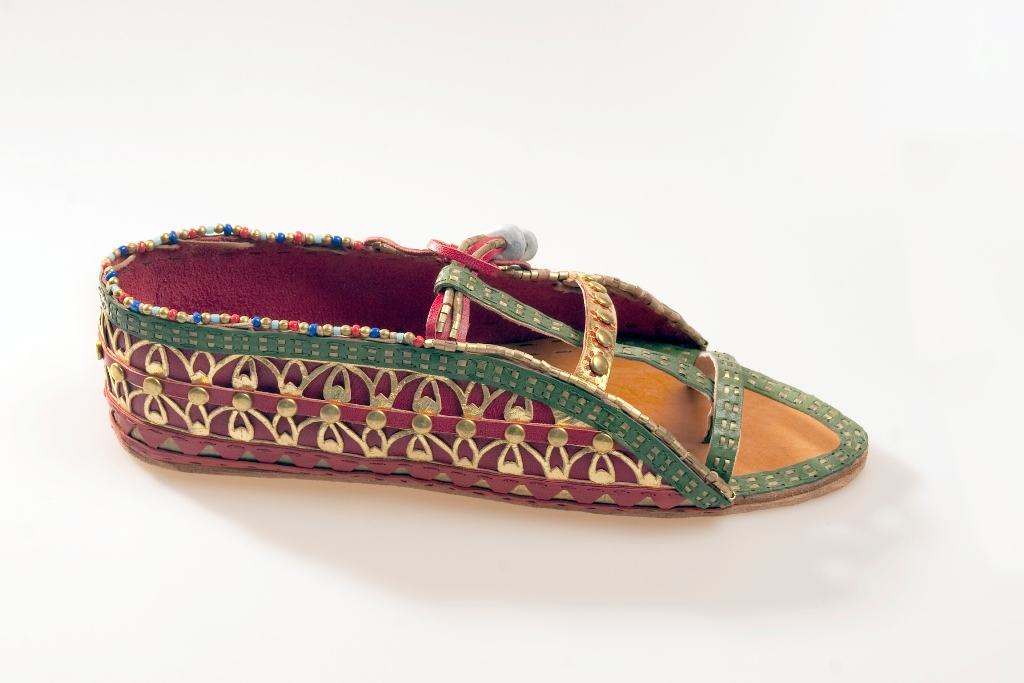
The problem with studying footwear
A lot of shoes are not found with dates nor locations so you don’t really know where they came from or which came first.
Nowadays, it’s easy to tell apart shoes for men and women, but in the old days shoes for both sexes looked the same, only distinguishable by the assumption that women wore the smaller sized shoes.
In this day and age, fashion is very fast. New collections come out several times a year. In the old days, the fashion changed slower but it did change. As many people judge you nowadays with what you wear, the same goes for the ancient days. You see rich people wearing different kind of shoes that scream: "look at how wealthy I am!"
But the main driver for change in fashion is technology and practical use. Shoes were made from leather and plant fibers, such as palm leaves and grass. For a farmer it must have been relatively easy to sew an extra sole under his sandals made from palm leaves when he had to harvest the crops and needed some extra protection.
Only recently did the materials for shoes change, but it could be that until the 50s people knew and had these types of sandals.
“I wouldn’t be surprised if in Sudan or in some parts of the countryside, some of those models still exist," said Veldmeijer. So it might just be that your grandparents recognise them or still have a pair tucked away in a drawer…
Photographs provided by Dr. Andre Veldmeijer




